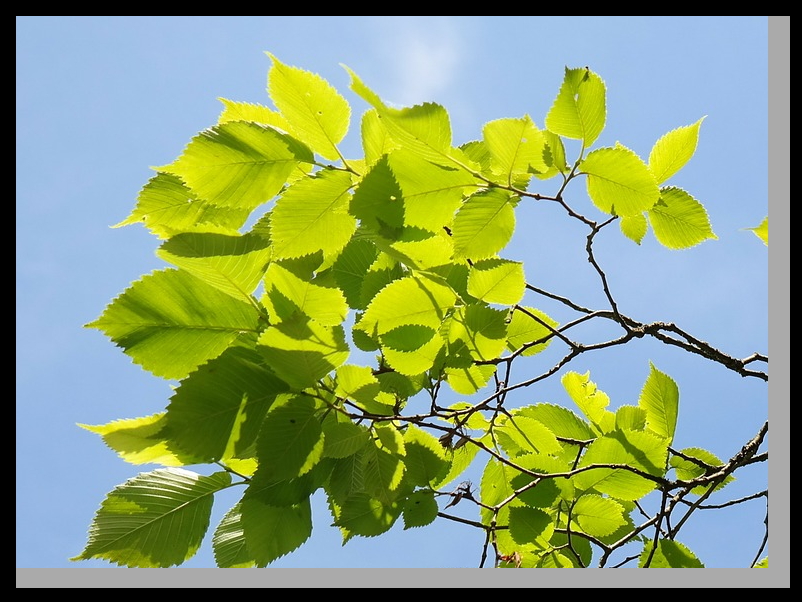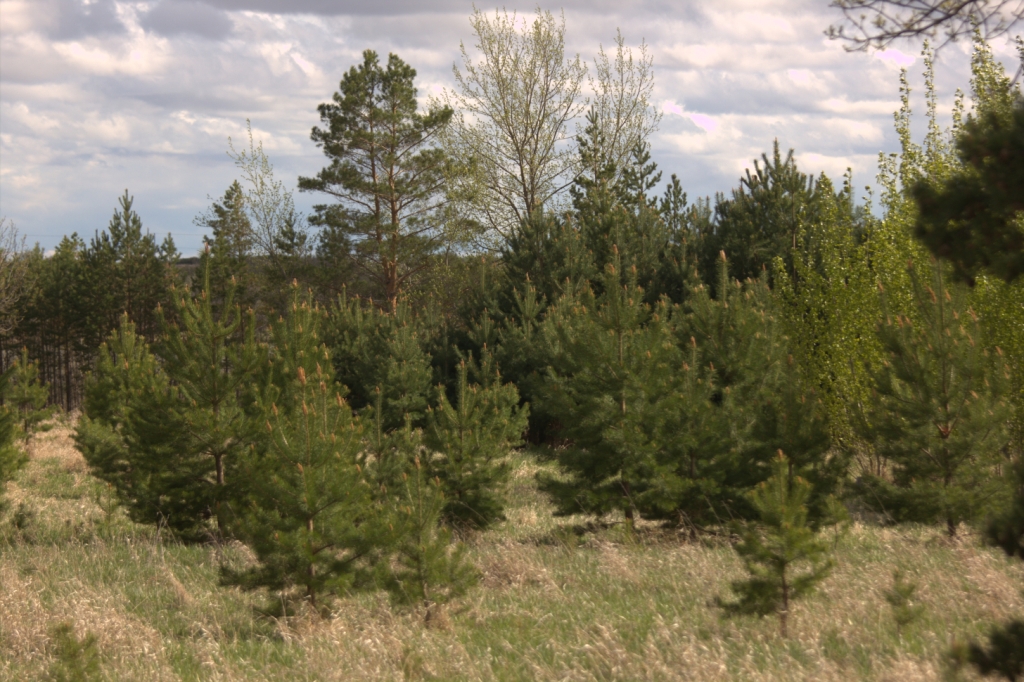Rain patters against the windowpane, a rhythmic dance of droplets painting the world outside in shades of gray. But amidst the storm, there lies a hidden opportunity, a chance to connect with nature in its most elemental form. Yes, even in the rain, you can be a part of the City Nature Challenge, unlocking the wonders of the natural world from the comfort of your own home.
Picture this: you’re nestled indoors, cozy and dry, yet your spirit yearns for adventure. Fear not, for the wild awaits just beyond your window. With the simple flick of a wrist and the tap of a screen, you can embark on a journey of discovery that transcends weather and time.
Enter the iNaturalist app, your gateway to a realm of biodiversity teeming with life. As raindrops cascade outside, open your window and listen closely. Can you hear it? The soft serenade of birdsong echoing through the air, a melody as old as time itself. Grab your phone, launch the app, open the windows and let the magic unfold.
Begin with your front yard, a canvas painted with the colors of urban flora and fauna. Record the chirps and trills of feathered friends perched among the branches, their songs a testament to resilience in the face of adversity. Then, venture to the back yard, where hidden treasures await beneath the cloak of rain-soaked foliage. Capture the symphony of bird calls that reverberate through the damp air, each note a thread in nature’s intricate tapestry.
It’s that easy, stay indoors, open that window, it is that enchanting. With each recording, you become a citizen scientist, contributing to a global effort to document and preserve the wonders of our natural world. Every tweet, every chirp, is a voice heard in the chorus of conservation, a reminder of the beauty that surrounds us even in the most unexpected of moments.
Then if you are adventurous, pop into the car, drive somewhere in Saskatoon and area, open the windows, and record the sounds again! Cool hey?
So, as the rain continues to fall outside, let us embrace the opportunity to connect with nature in all its splendor. Let us open our windows, our hearts, and our minds to the wonders that lie just beyond our doorstep. For in the midst of a storm, there is beauty to be found, and in the act of discovery, there is hope for a brighter, greener tomorrow.
Wow, indeed. Rain or shine, let us heed the call of the wild and embark on this adventure together. #CityNatureChallenge #EmbraceTheRain #NatureIsCalling 🌧️🌿
Then when the rain abates, get a bit of exercise outdoors just in case a little mushroom has emerged, as they love the rain! The Saskatoon Mycological Working Group or the NPSS mentions that we need a lot more people recording Fungi around Saskatoon to determine which ones are species at risk, and which are common.
With thanks to our sponsors and supporters SaskPower, SaskTel, Saskatoon Nature Society, Wild About Saskatoon, Caswell Hill Community Association, SOS Trees Inc., Rosewood Varsity View Community Association, Nutana Varsity View Community Association, Montgomery Place Varsity View Community Association. City Nature Challenge Saskatoon CNC YXE 2024 led by Friends of the Saskatoon Afforestation Areas. Reach if you would like to sponsor the City Nature Challenge, or share the City Nature Challenge information as a collaborator!
Find it
Snap it
Share it
Certificates
Ready for my closer up
Tip No 1. Flower leaves bark habitat
Check captive cultivated
Make sure to record photo or sound
Click the + sign add another photo of the same organism
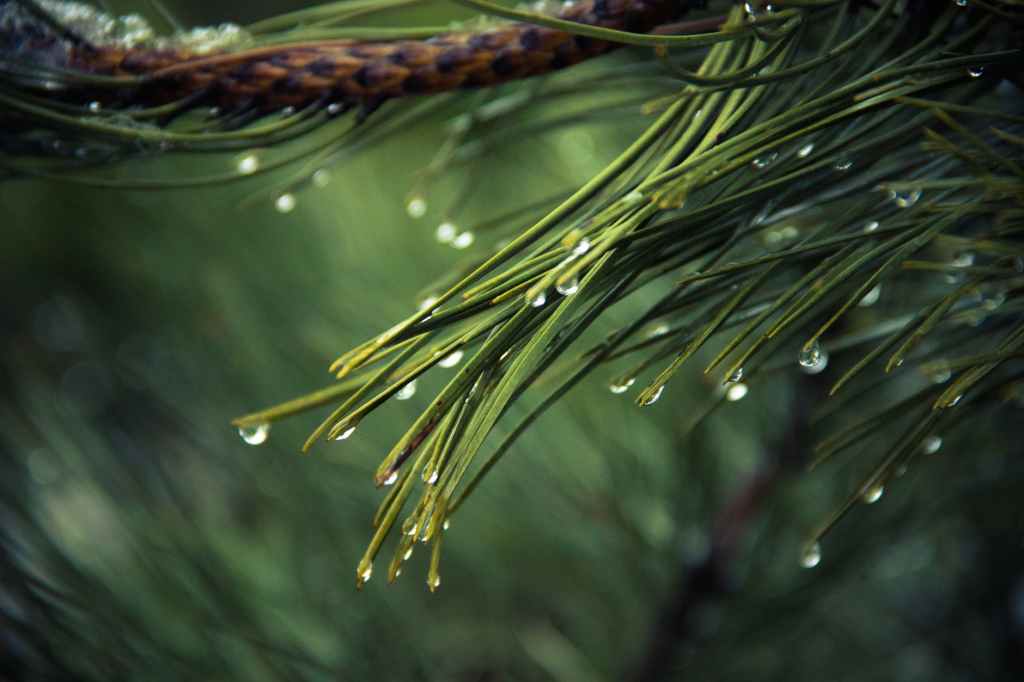
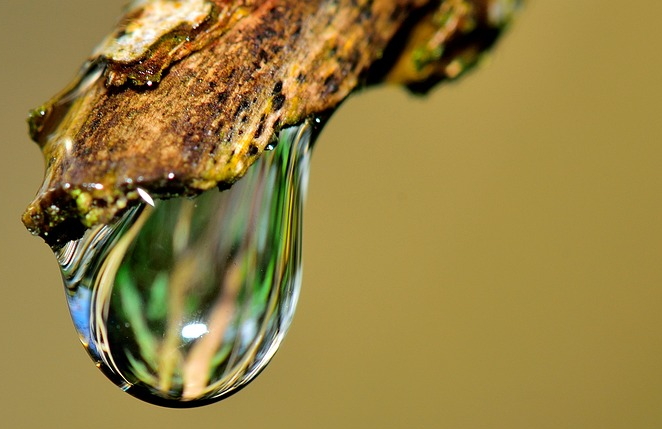


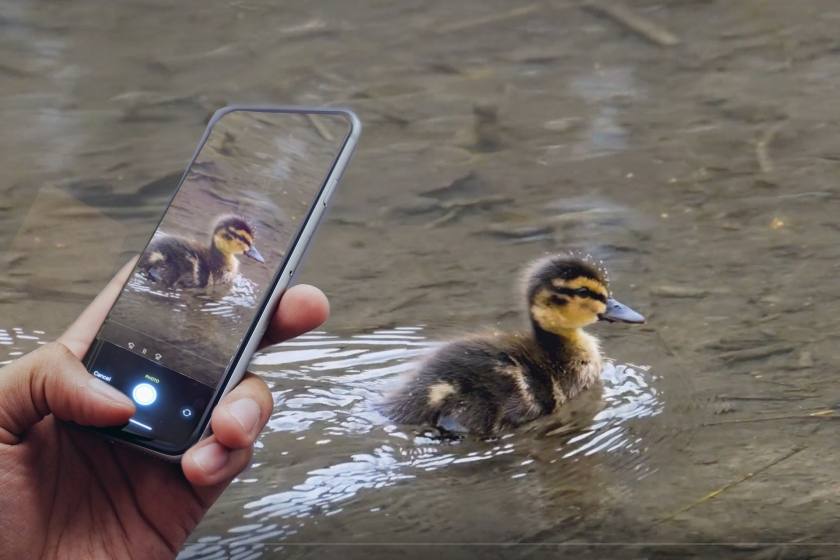
For directions as to how to drive to “George Genereux” Urban Regional Park
For directions on how to drive to Richard St. Barbe Baker Afforestation Area
For more information:
NEW P4G District Official Community Plan
Richard St. Barbe Baker Afforestation Area is located in Saskatoon, Saskatchewan, Canada north of Cedar Villa Road, within city limits, in the furthest south west area of the city. 52° 06′ 106° 45′
Addresses:
Part SE 23-36-6 – Afforestation Area – 241 Township Road 362-A
Part SE 23-36-6 – SW Off-Leash Recreation Area (Richard St. Barbe Baker Afforestation Area ) – 355 Township Road 362-A
S ½ 22-36-6 Richard St. Barbe Baker Afforestation Area (West of SW OLRA) – 467 Township Road 362-A
NE 21-36-6 “George Genereux” Afforestation Area – 133 Range Road 3063
Wikimapia Map: type in Richard St. Barbe Baker Afforestation Area
Google Maps South West Off Leash area location pin at parking lot
Web page: https://stbarbebaker.wordpress.com
Where is the Richard St. Barbe Baker Afforestation Area? with map
Where is the George Genereux Urban Regional Park (Afforestation Area)?with map
Blogger: FriendsAfforestation
Tumblr friendsafforestation.tumblr.comFacebook Group Page: Users of the George Genereux Urban Regional Park
Facebook: StBarbeBaker Afforestation Area
Facebook for the non profit Charity Friends of the Saskatoon Afforestation Areas Inc. FriendsAreas
Facebook group page : Users of the St Barbe Baker Afforestation Area
Twitter: St Barbe Baker Charity Twitter:FriendsAreas
Please help protect / enhance your afforestation areas, please contact the Friends of the Saskatoon Afforestation Areas Inc. (e-mail / e-transfers )
Donate your old vehicle, here’s how!
Support using Canada Helps
Support via a recycling bottle donation
United Nations Decade on Ecosystem Restoration
- Use the UN Decade’s Visual Identity
- Make it your own
- Spread the word about the UN Decade
- Let’s Bring Back Forests
- Let’s Green Our Cities
““Be like a tree in pursuit of your cause. Stand firm, grip hard, thrust upward. Bend to the winds of heaven..”
Richard St. Barbe Baker



